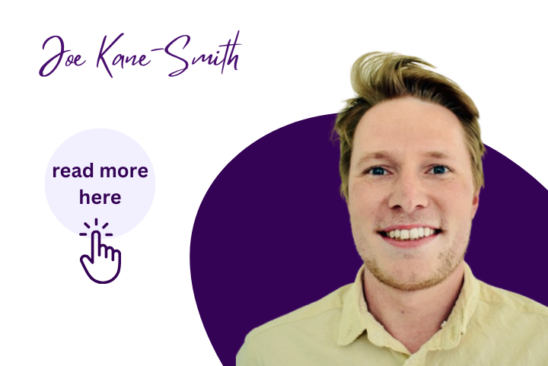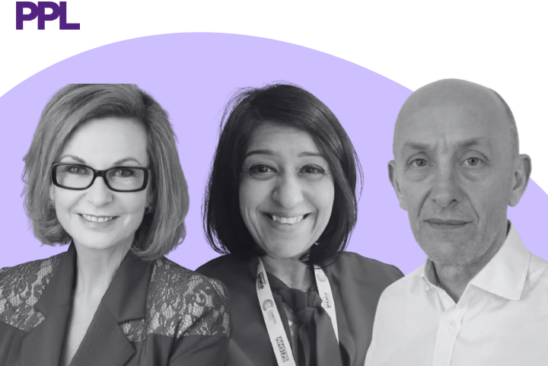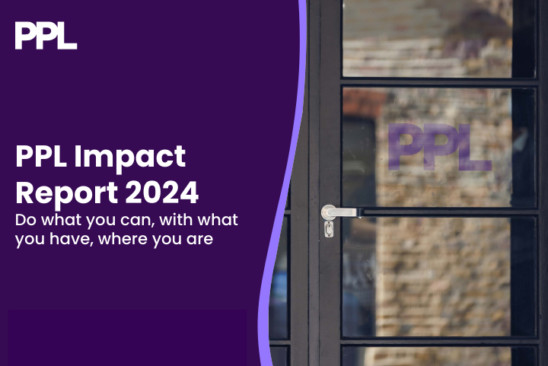Authors
In Axel Heitmueller’s recent blog following Sajid Javid’s speech this week, one line stood out for me amongst the many interesting and important reflections. It was the idea of ‘providing the psychological safety to admit that we don’t have all the answers starts with the Secretary of State’.
It sets out a powerful challenge to national politicians and led me to reflect on what kind of big questions that ‘psychological safety’ might allow us to start to answer. What don’t we know?
I firmly believe that we would benefit from an honest national conversation about health and care, one that challenges all of us to move beyond the easy stereotypes and warm words, and to engage in the complexity of what is needed on an individual and societal basis to sustain the communities and people we love as our needs evolve. When we start to talk about this, we often use the term ‘Population Health Management’ to express neatly what we mean, but at the heart of this for me sits a really important unanswered question – what do we mean by population health management?
The phrase is almost certainly used thousands of times a day in health and care meetings all over the country, but I suspect that there are almost as many definitions as there are people using it.
We probably all agree that population health management (or PHM in catchy acronym form!) is about managing the health outcomes of a whole population. At the beginning of the conversation, people will talk about ‘pyramids of risk’ and, at some point, someone will bring out a slide with a diagram showing a small (usually red) peak of ‘high-need service users’ and then a second version where these people are happily dispersed between the green and yellow tiers. This feels like a fairly common shared experience, but where I am not sure we have such a clear, shared view is on how that process will happen?
One big unanswered question is, in Population Health Management, who is doing the managing? Is it the clinicians? Is it wider services? Local government? National government? NHSE/I? The voluntary, community, faith and social enterprise sector? Is it maybe even the ‘population’: the people themselves?
You may well say ‘but it’s all of them, working together’; and my question back will be do we know ‘How?’
Who holds the money? Who is in charge? Who is accountable? What if people want different things? What is the definition of success? How will we know if it is working? What if it doesn’t?
These are difficult, complex questions, and that is why psychological safety matters – because we don’t know the answers to most of them yet, and we need a space within which we are all allowed to say that, and to work through them honestly together.
Up to this point, there have been numerous attempts to implement structural reforms to try to answer this question from the top down. I have long been an advocate of starting change with the humans because how they work tends to determine the outcomes, rather than the structures within which they work. In my experience, structures give us guidelines and permissions; they do not determine behaviour unless we want them to.
But, supposing I am wrong and that massive structural reform were the answer to delivering change, there is still the open question about how this could work in the context of population health management, when so many of the potential actors sit outside these structures. Not colleagues from different disciplines or within different organisations, but the people – the population as a whole.
If we want to co-create different health outcomes with a local population, structural reform isn’t going to do it, but neither do we really know what will. With psychological safety, we might, however, at least be able to agree on the question we are trying to answer together.
We have lived through numerous attempts to reform health and care based on the idea that getting the structures right, mandating targets and simply ‘telling’ people what to do would work.
It is my great hope that we are now able to accept that this method has reached the limits of its usefulness and to turn, instead, to something which may sound less exciting on paper; will take more time (but then nothing takes as much time as something that doesn’t work at all); and will be really challenging but might actually work – coming together to work out the answer to some key shared questions. These questions include how do we manage health as a whole population; what does fairness and equity look like to us as a population; and what role do we all need to play in creating better health outcomes?
Someone needs to be brave enough to start by saying that, at the moment, we just don’t know and to then use that understanding and permission to open up a meaningful conversation involving us all in trying to work it out.





